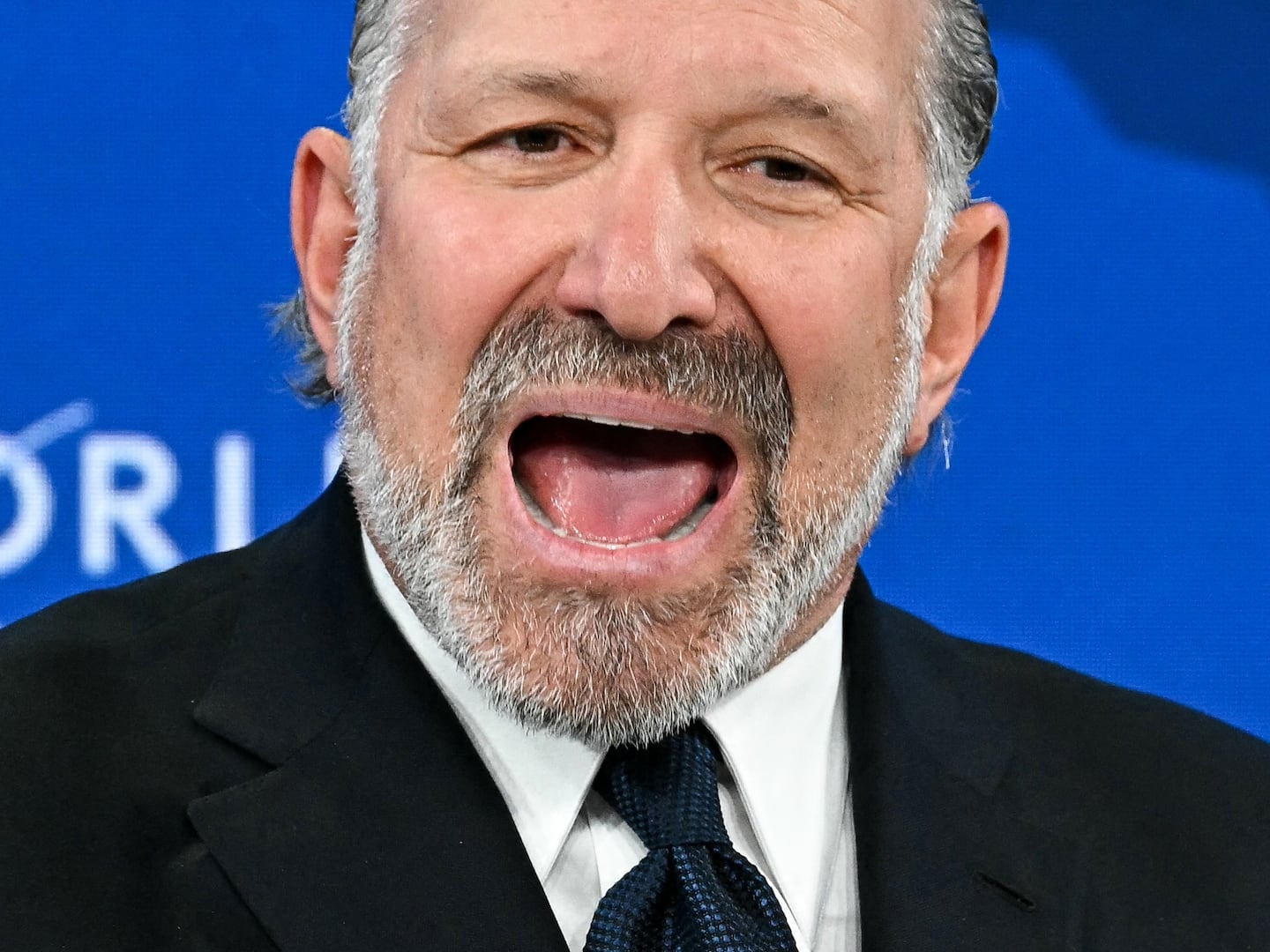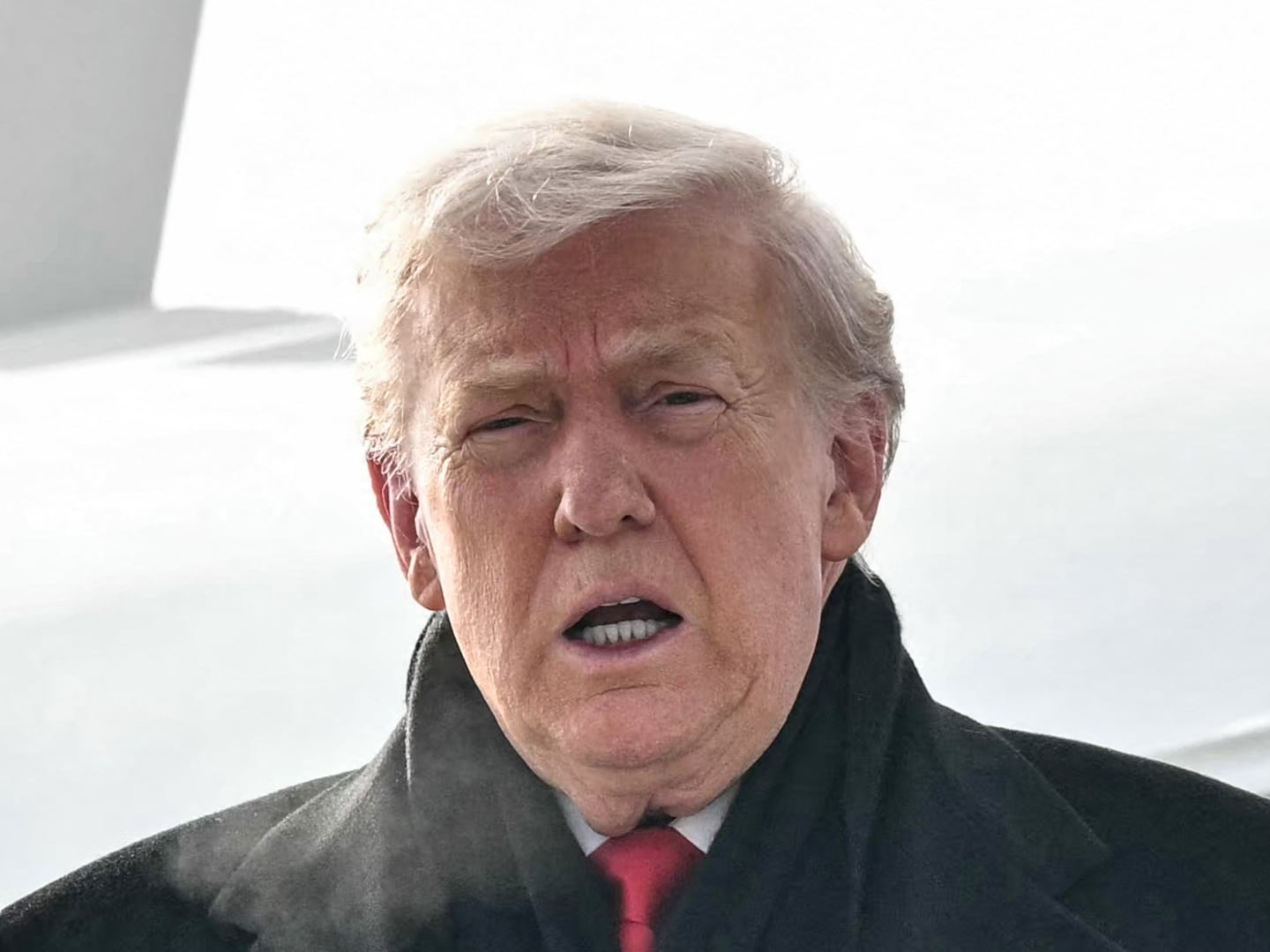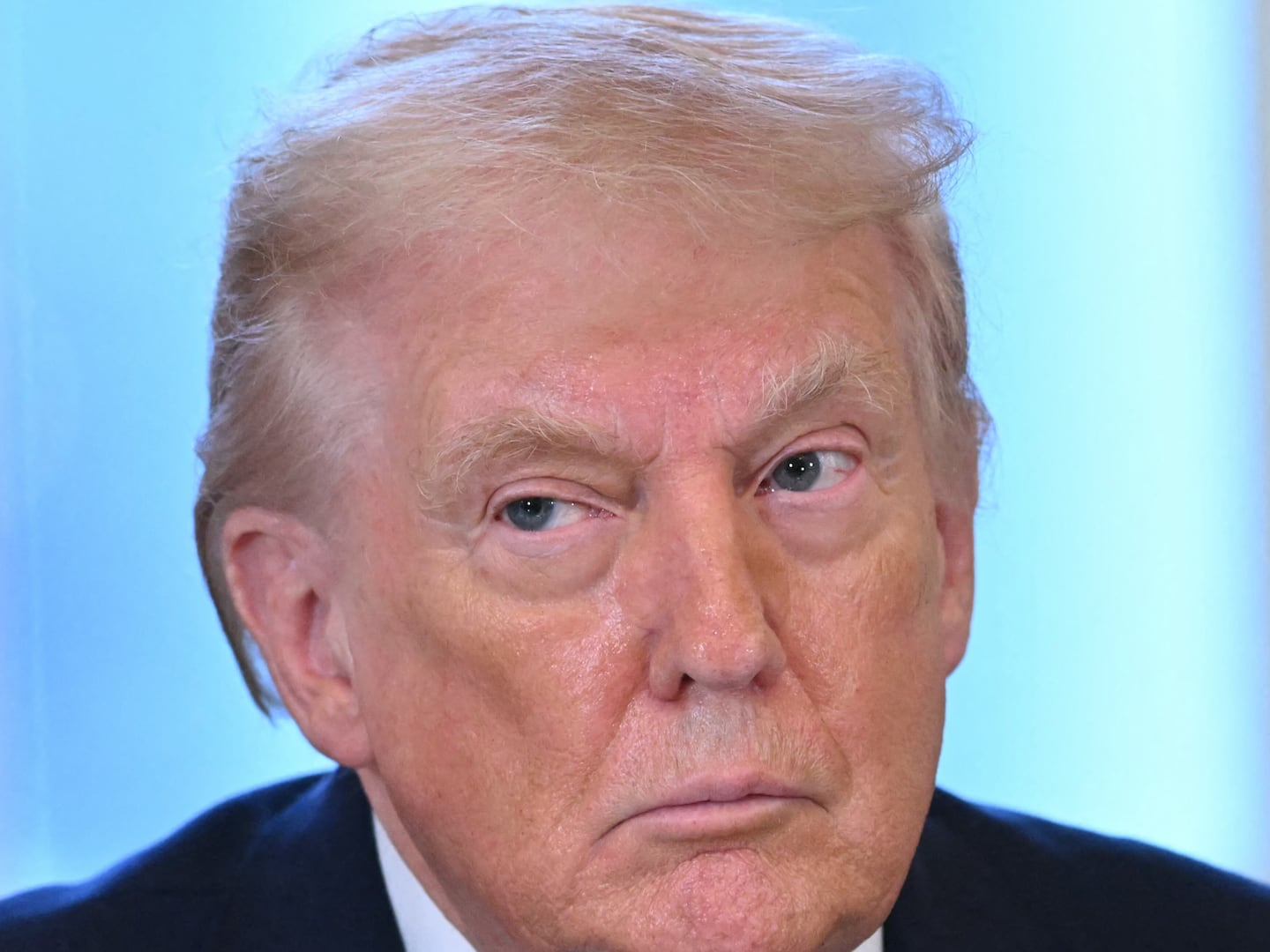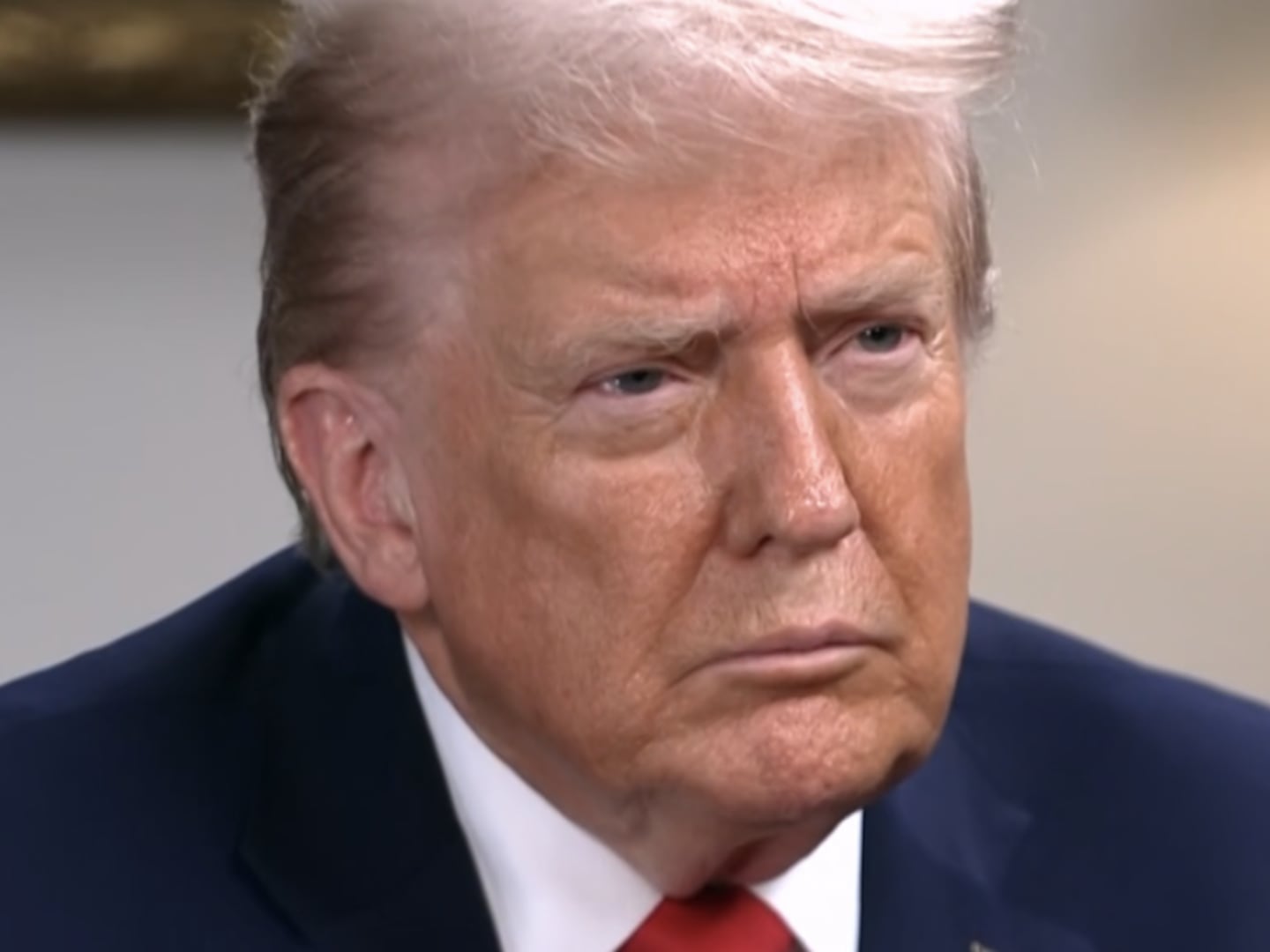CHILPANCINGO, Mexico—In the history of the drug war in Mexico, drug lords more powerful than Servando Gómez Martínez have come and gone. But none of his predecessors have as readily embraced the role of villain, nor more directly asserted the prerogatives of a capo to the Mexican public and government, than the former grade-school teacher from the western state of Michoacán, the most wanted man in Mexico, known throughout the four corners of the republic as La Tuta.
To be sure, Joaquín “El Chapo” Guzmán was the head of the Sinaloa Federation, responsible at its peak for supplying more than half of the drugs consumed in the United States. But in matters personal and political El Chapo was as quiet as the sierra in his native Sinaloa. La Tuta, by contrast, used social media to ensure his point-of-view was known. In the videos, he appears slightly hunched and paunchy for a 49-year-old, his bald pate always covered in his trademark dark baseball cap, wearing jeans and a black sweatshirt, and using colloquial language liable at a moment’s notice to veer toward the vitriolic and the profane.
Until his arrest in the wee hours of Friday morning, La Tuta was the consummate cartel spokesman for the YouTube generation, as much a social media personality as he was a cartel leader. In homemade videos, he railed against his enemies from other cartels, and accused the armed forces of the Mexican government of persecuting his criminal organization while protecting his enemies. He phoned in to radio and television programs and harangued the host, and more than once expressed his desire to negotiate a peace with the government.
“I don’t want to fight with anyone,” he said in an interview last year with Channel 4 News in Great Britain. “We want peace and tranquility. We don’t want to be the people who are blamed for causing problems in Michoacán.”
The capo also told Channel 4 why he gave up teaching. “It was a healthy, honest profession,” he said. “But for me, with my hyperactive nature and aspirations, it wasn’t satisfying.”
La Tuta’s willingness to accommodate interview requests and to propagate his message on social media derived at least in part from a conviction that he was a social benefactor to the beleaguered farmers and ranchers of his home state, whose poverty index ranks among the highest in Mexico.
“Ever since I was a little boy, I was always altruistic,” he said. “My mother told me 35 years ago that I would never have any money because I was always giving it away.”
La Tuta is the last in a line of quasi-messianic cartel leaders from Michoacán, a heritage that originated with his comrade Nazario Moreno González, alias The Craziest One, founder of La Familia Michoacana, the cartel from which La Tuta’s Knights Templar organization is descended.
Moreno built a popular base of support among poor ranchers and farmers through a code of conduct that, in apparent earnestness, stressed values like philanthropy, sobriety, self-improvement and fellowship. He also allegedly once ordered a bag of severed heads to be emptied out on a night club dance floor.
La Tuta picked up where Moreno left off after the latter was killed in a confrontation with Mexican authorities last year. The Knights Templar represented a regrouping of the forces within La Familia to maintain the dominant share of the drug market amid the infighting in the wake of Moreno’s departure (he was erroneously reported killed in 2010, living in secret for another four years, only to be killed again, and this time for real, last year). In addition to producing crystal meth and smuggling cocaine up from the Pacific coast, La Tuta strengthened the cartel’s hold over the cash crops like lime and avocado, and the illegal extraction of iron ore for sale to China. (“The Chinese have some immensely large transnationals,” he told Channel 4. “They are some tough motherfuckers.”)
He informed the people of Michoacán that he and his cartel were “a necessary evil” and the best protection against the intrusion of an enemy who lacked the Knights’ supposed Robin Hood ethic. He made impromptu public appearances, a pistol strapped to his hip, to hand out thousands of pesos to the needy in the town squares. His cartel manufactured crystal meth in industrial quantities, but part of his code of conduct was to prohibit its sale to denizens of his home state.
“If you knew how it is made,” he told one reporter, “you’d think the people who use it are really dumb.”
The Knights Templar eventually infiltrated every sector of the government in Michoacán. La Tuta came into the habit of filming meetings of his with senators, congressmen, mayors, businessmen, and influential journalists. In 2010, a film surfaced of La Tuta drinking beer and talking business with the son of the sitting governor. The video forced the governor to step down, and helped land the son in prison. He also filmed his meetings with the mayors of the cities of Lázaro Cárdenas, Pátzcuaro, Huetamo, and Aquila. He filmed a meeting with the Michoacán correspondent for the national TV channel Televisa.
The institutions of law and order deteriorated to the point where the cartel became the de facto government, and La Tuta the de facto governor. And by all public accounts, the Knights fell far short of the lofty code they claimed to live by. They extorted local business owners, expropriated land and livestock, and engaged in kidnapping, murder, and rape.
La Tuta says he regrets “not being able to stop this on time.” He insists, however, in one audio recording, that the Knights Templar were the ones under attack.
The fall of La Tuta began when the downtrodden of Michoacán revolted against the cartel that claimed to be their faithful protector. In February 2013, bands of men, many of them lime farmers and ranchers, armed and formed an alliance of “self-defense guards” to combat the Knights Templar and hunt down La Tuta.
It was the worst possible scenario for a cartel that took great strength from the attentive eyes and ears it kept in every town. Now the informers were feeding intel to the self-defense guards, who raided meth labs, arrested henchmen, and drove the corrupt police and politicians out of a dozen towns in the state.
The indignant drug lord complained, in a slew of videos, that the self-defense movement was cooperating with the Mexican Federal Police and opening the door for enemy cartels to claim territory in Michoacán. But the trouble for him and the cartel was only just beginning.
Eleven months after the self-defense movement arose, in January 2014, newly elected Mexican President Enrique Peña Nieto sent thousands of Mexican Federal Police and Army soldiers to pacify the disturbances in Michoacán. The state government was placed in federal trusteeship, and a federal prosecutor named Alfredo Castillo was appointed to administer justice, his power superseding that of local and state authorities.
La Tuta evaded a massive manhunt for more than a year, but the pursuit evidently left the Knights Templar organization depleted throughout the state. In his final public address, an audio recording released on February 2, La Tuta bemoans a situation where “organized crime” has degraded into a pack mentality of banditry and violence, and he claims that the Mexican government fostered the growth of rivals like Guerreros Unidos and their allies Los Viagras, whom he denounces as criminals “worse than me.”
In another recording, also fairly recent, he blames the government strategy in Michoacán for emboldening of Guerreros Unidos, the mafia blamed in the disappearance of the 43 Ayotzinapa students. “I’m a criminal,” he offers, “but I never killed innocent people.”
La Tuta says on the recording that the authorities are not protecting him in any fashion, and the way he says it makes him sound isolated and alone. “I don’t want to hear another thing about the Knights Templar,” he says at one point. “First, God, this is the last recording that I will release and there won’t be another, and not out of fear or because they’re going to capture me or kill me, [but] because I have to take measures, I have to step aside a bit and look after myself, may God bless you all.”
La Tuta was supposed to be hiding somewhere in the hinterlands of Michoacán, where authorities would presumably have to plunge into deep ravines and spy down on mountaintops from helicopters. But as it turned out a SWAT team of Mexican Federal Police arrested him in the downtown area of the state capital, Morelia, when he exited a house that is only a mile away from the governor’s office. An earlier version of the arrest, which got some circulation in the Mexican press, had La Tuta being picked up at 3:00 a,.m. at a hot dog stand in El Centro. One Internet meme is a photo of him biting into a pile of hotdogs.
It turned out La Tuta had one more media appearances to make after all. On Friday evening, with network and cable news cameras rolling, the Mexican government trotted him across a secure airport hangar in Mexico City, escorted by a pair of masked federal marshals. He wasn’t wearing a cap, and they pushed his shiny bald head down and marched him in front of a tableau of armored trucks, police helicopters, riot cops, and patrol cars flashing blue and red lights. He took his seat in a Federal Police helicopter with his head raised slightly and stretched his sore neck a bit in the moments before they lifted off the ground. His next destination, the maximum security federal prison known as el Centro Federal de Readaptacion Social No. 1 Altiplano in Mexico State.





